Story highlights
Hangzhou is located less than 180 kilometers southwest of Shanghai
City is hometown of Alibaba founder Jack Ma, China's second-richest man
Hangzhou grows some of China's finest and most expensive green tea
The former capital of the Southern Song dynasty, Hangzhou is often referred to as Shanghai’s backyard thanks to its location less than 180 kilometers (about 112 miles) southwest of the country’s largest city.
But don’t be fooled into thinking this is just another Chinese urban center.
Hangzhou, which hosted the 2016 G20 summit, was once anointed the “finest and most splendid city in the world” by Marco Polo. And while that title is certainly up for debate these days, it’s currently one of the most dynamic cities in China.
Even the proudest Shanghaiists have to admit there are things that Hangzhou – a favorite weekend escape – does better than their city.
We explore 10 of these in this miniguide to Hangzhou:
1. Lake living
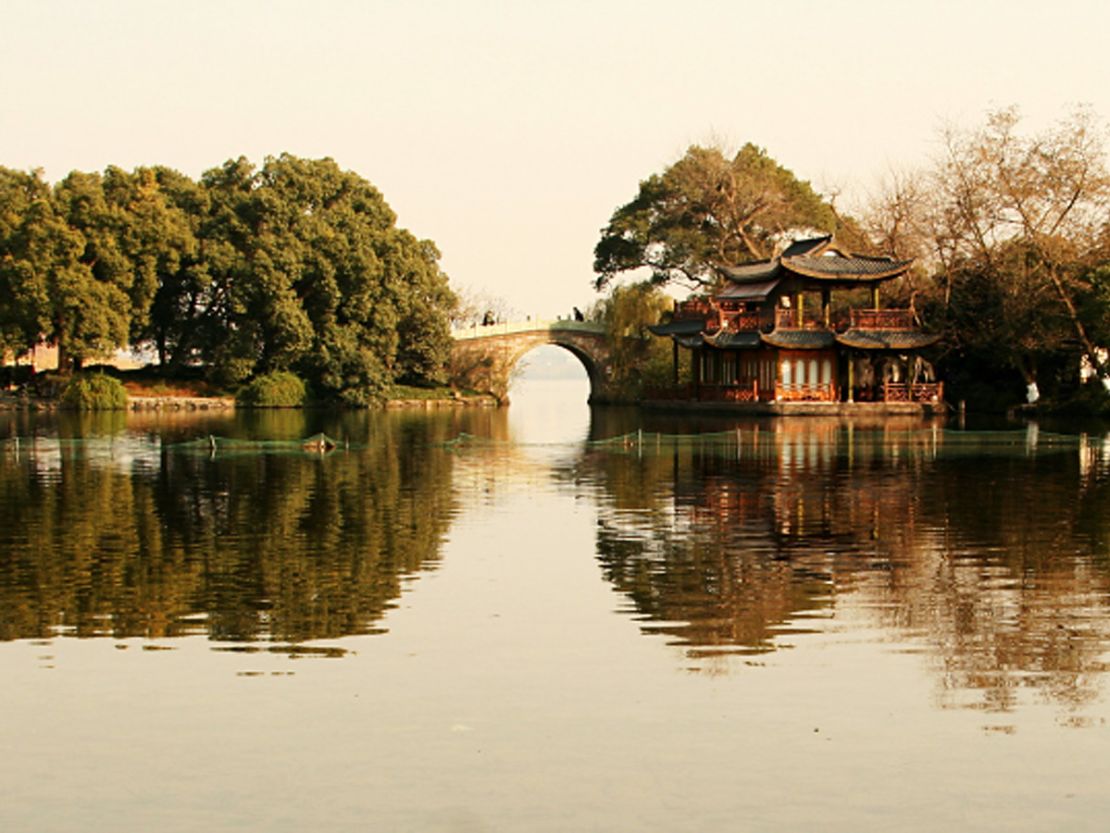
As you gaze upon Hangzhou’s West Lake and its surrounding lush hillsides, you’ll understand immediately why it’s been a great source of inspiration for artists, poets and philosophers throughout Chinese history.
The mountain-fringed West Lake grounds are speckled with pagodas, pavilions, temples and gardens.
The entire site covers more than 12,000 acres and there are numerous paths around the lake.
A favorite starting point is Beishan Road, off which you’ll see large patches of lotus blooms and leaves that seemingly stretch to the horizon.
On the other side of the road are historic mansions and villas.
To best experience the lake’s charms, hike up to the hills in the early morning or at sunset.
2. Bike-sharing
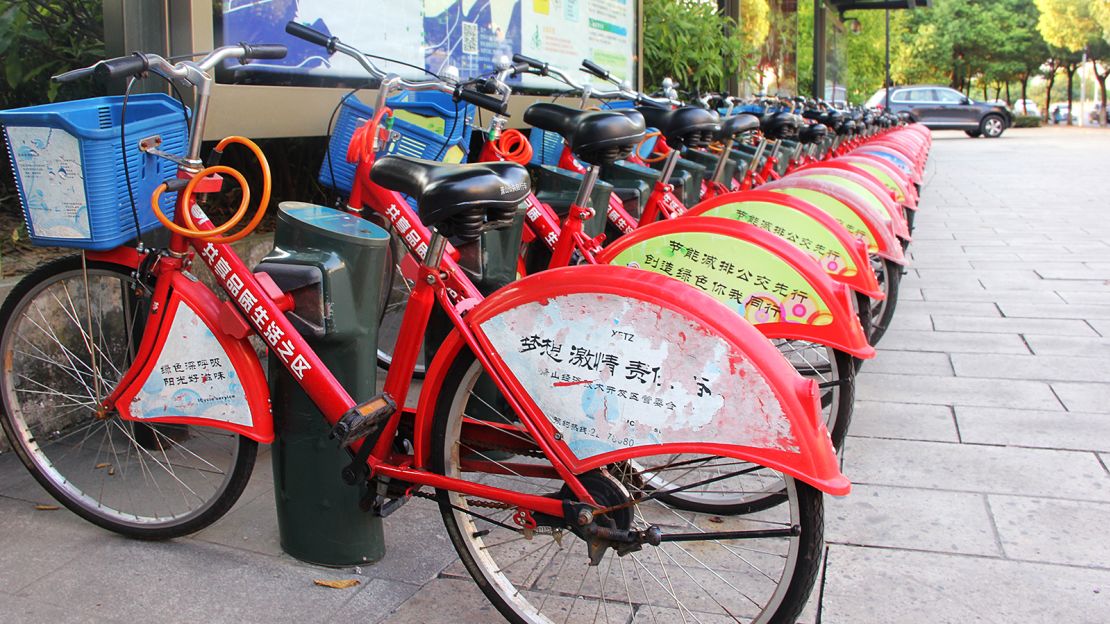
While the rest of the country is moving from two wheels to four, cycling culture is thriving in Hangzhou.
The city developed China’s first bike-sharing system in 2008 in an effort to alleviate traffic congestion.
It’s since grown into the world’s biggest – and one of the world’s best – public bike systems.
You can hardly go a kilometer without passing a bike-sharing station.
Hangzhou residents have access to over 84,000 bikes scattered across 3,300 service spots. The bikes have taken more than 600 million trips in the past seven years.
Want to get in on the action?
You’ll need a “Transportation Smart Card Z,” which is designed for visitors. They’re available at the Smart Card Center at 25 Ding’an Luwith, open from 8 a.m. to 5 p.m. daily.
Show your ID and put in a deposit of 300 yuan and you’re all set.
Bikes can be dropped off at any station any time of the day.
It costs 1 yuan ($0.15) for the first hour, 2 yuan for 2-3 hours and 3 yuan/hour if you use the bike longer than three hours.
The Chinese dishes Chinese people love most
3. Longjing tea
Hangzhou grows some of China’s finest and most expensive green tea – Longjing.
Every spring, before the traditional Qingming Festival, tea lovers from all over the country come to Longjing, a village just south of West Lake, for the first cut of top-quality tea.
During tea season – late March and April – you can smell the fresh aroma of the tea terraces, when leaves are picked and roasted in the village.
The village is open to the public and you can pick your own after getting permission from the local tea farmers.
As for how to brew it, Longjing leaves are delicate so the water can’t be too hot – around 90 C.
Freshly brewed Longjing tea has a yellow-greenish color and an aroma of chestnuts and cut grass.
Among the top places to experience the region’s tea culture is Longjing Imperial Garden at the rear of the village.
The compound houses a classic Hangzhou garden where you can sip tea and dine.
Meanwhile, the National Tea Museum offers displays highlighting the history and techniques of tea making, as well as tea ceremonies.
Longjing Imperial Tea Garden; 148 Longjong Lu, Longjing Village; +86 571 8799 7711/+86 571 8823 0077; admission costs 10 yuan ($1.50)
National Tea Museum; 88 Longjing Road, Xihu; +86 571 8796 4221
4. Hangbang cai cuisine
Best Hangzhou dishes
Unlike dishes from northern China, which are heavy in sauces and spices, Hangzhou cuisine is mild but flavorful with a focus on fresh ingredients.
You can’t leave Hangzhou without trying its signature dish, Longjing shrimp, which combines the city’s famous green tea with freshwater shrimp from local rivers.
The shrimps are peeled, seasoned, drained and marinated. Green tea leaves are quickly blanched in oil to bring out a hint of flavor, then the shrimps are fried in a wok.
When the shrimps are nearly done, a spoonful of boiled green tea is ladled into the wok to enhance the aroma.
Among the best places to try this dish is restaurant 28 Hubin Road.
Another celebrated restaurant serving local Hangbang cai dishes is Longjing Manor. Surrounded by tea plantations, it gained fame internationally when profiled by the New Yorker in 2008.
Hubin 28 Restaurant; Hyatt Regency Hangzhou, 28 Hubin Road, Shangcheng; +86 571 8779 1234
Longjing Manor; 399 Longjing Road; +86 571 8788 8777
Hangbang cai: The little-known Chinese cuisine everyone should try
5. Mountain getaways
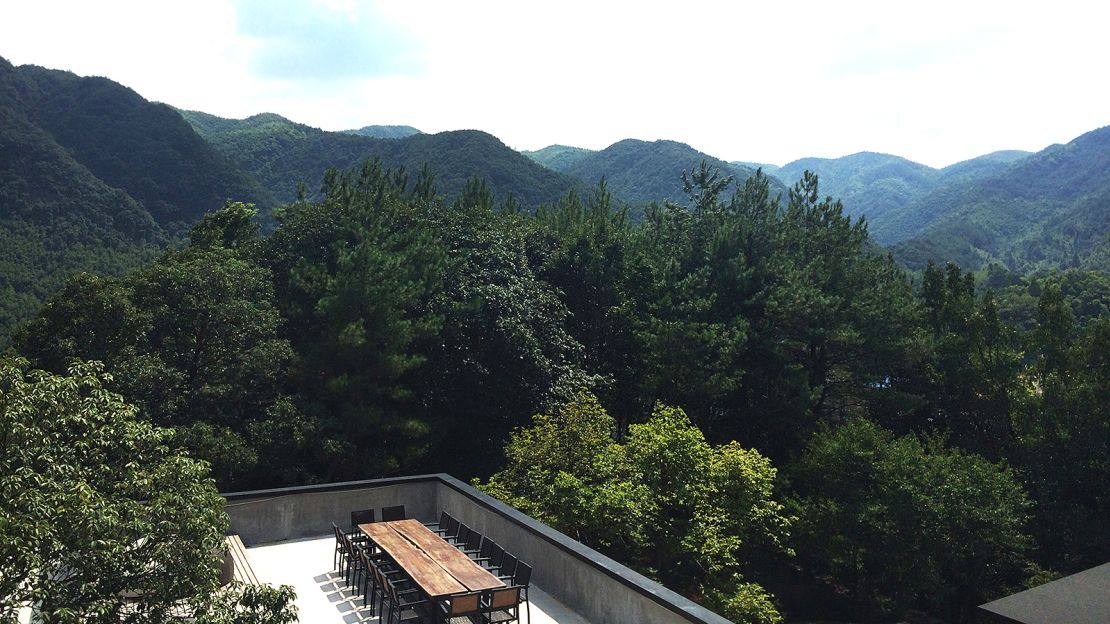
Looking for a quick city escape?
About 40 kilometers away from Hangzhou’s city center, Qiandai Resort sits on Jing Mountain – another tea-growing center.
With only 10 rooms, the resort isn’t grand or luxurious but every detail has been thoughtfully designed.
Built by local architecture firms, the sustainable resort harmoniously merges into the surrounding environment.
Rustic yet delicate, original but imaginative, the minimalist architecture is tasteful.
All the wooden furniture, frames and ornaments were made from locally sourced timber or abandoned furniture.
Rocks and stones used in the walls and paths came from the building’s original foundation and local stony country roads.
The hotel can arrange pick-ups and drop-offs to and from Hangzhou’s airport and railway station. There’s no website yet but staff speak English so foreign guests can call for reservations.
Qiandai Resort; Siling Village, Yuhang District; +86 182 68 1100 99
6. Silk
Hangzhou is the city of silk.
Its exquisite silk products have been sold domestically and internationally throughout its long history and have even been recognized by UNESCO.
Scarves are the city’s most popular silk souvenir, highlighting its cutting-edge dyeing techniques.
The industry leader is Wensli, a homegrown silk brand that’s determined to become China’s Hermes.
The company has already purchased renowned French silk company Marc Rozier and hired a former Hermes executive as its CEO.
In 1975, Wensli was established by Shen Aiqin, whose family has been producing silk in Hangzhou since the Southern Song dynasty.
National and international leaders and dignities have worn the company’s products on various occasions.
You can also get a tailored dress or suit from Wansli’s flagship store in Hangzhou Tower, a shopping center dominated by Western luxury brands.
Hangzhou is also home to China’s National Silk Museum.
Hangzhou Tower Shopping Center; 1 Wulin Square; +86 571 8515 3911
China National Silk Museum; 73-1 Yuhuangshan Road, Xihu; +86 571 8703 5150
Is Xinjiang the best-kept travel secret in China?
7. E-commerce
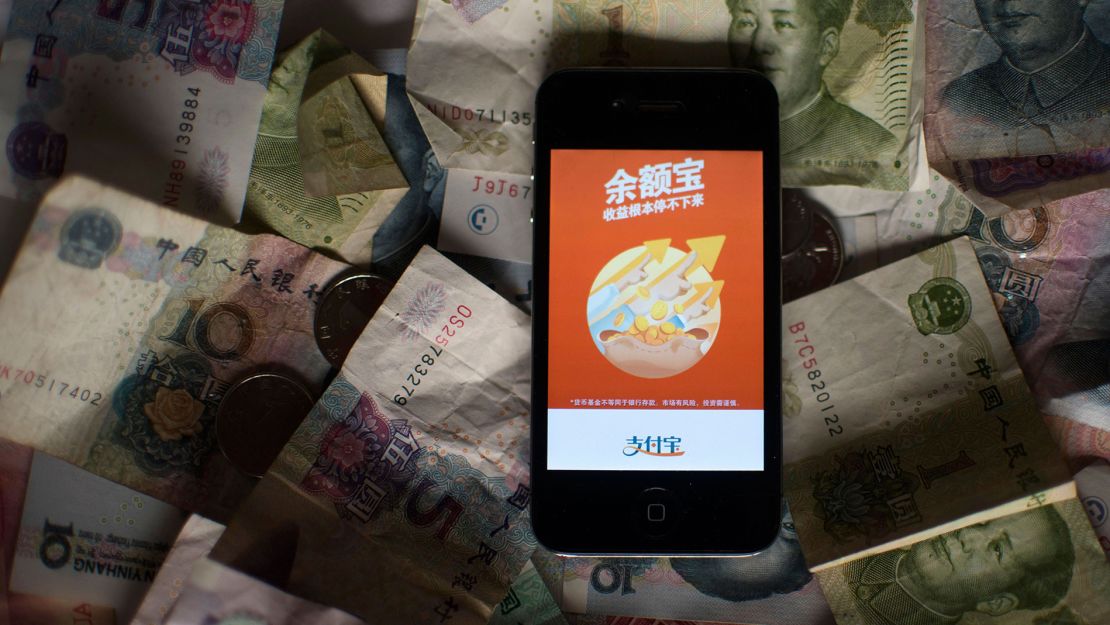
Alibaba, the world’s leading e-commerce group, is headquartered in founder Jack Ma’s hometown, Hangzhou.
It’s single-handedly reshaped the city, once known for little more than natural scenery and cultural heritage.
Following Alibaba’s lead, Hangzhou has morphed into a high-tech metropolis, leading some to call it China’s Silicon Valley.
Alipay – Alibaba’s mobile payment application – has changed the way Chinese people shop.
Hangzhou residents can easily get by without a wallet as the app allows them to pay bills with a simple swipe of their smart phones – even at the smallest street restaurants and vegetable vendors.
8. Zen
Hangzhou is a major center of Chan Buddhism in southern China and a popular destination for pilgrimages.
Among the top spots for Zen-seekers is Lingyin – which means “soul’s retreat.” It’s one of the country’s oldest and most important Buddhist monasteries.
Even if you’re not interested in the religion, the pagodas and pavilions, bridges and statues offer a sense of how Buddhism is woven into the landscape.
Lingyin Temple sits inside the bigger Fei Lai Feng Scenic Area.
Entry to the Scenic Area costs 45 yuan ($7) and access to Lingyin Temple costs another 30 yuan ($4.5). Open daily, 7 a.m.-6 p.m.
Lingyin Temple; No.1 Fayun Alley, Lingyin Road, Xihu; +86 571 8796 8665
No coins, no red faces: Apps change Chinese attitudes to splitting bills
9. Hand fans
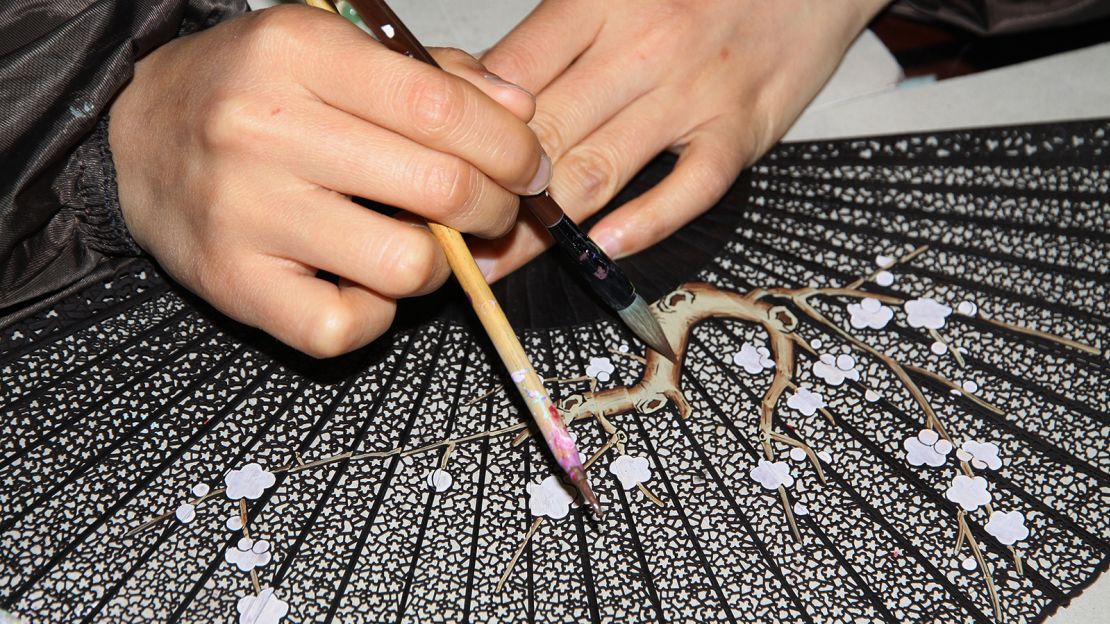
It’s said that tea, silk and hand fans are Hangzhou’s three unparalleled gifts.
The most iconic fans are by Wang Xing Ji.
Established in 1875, this time-honored brand has charmed tourists and locals alike with its intricately designed fans.
Sandalwood and black-paper styles are the most popular.
The black-paper fans were once used as imperial tributes. It takes more than 80 procedures to make each one.
Where to buy: Wang Xing Ji; 203-205 Hefang Street; +86 571 8783 0144
10. Art and architecture
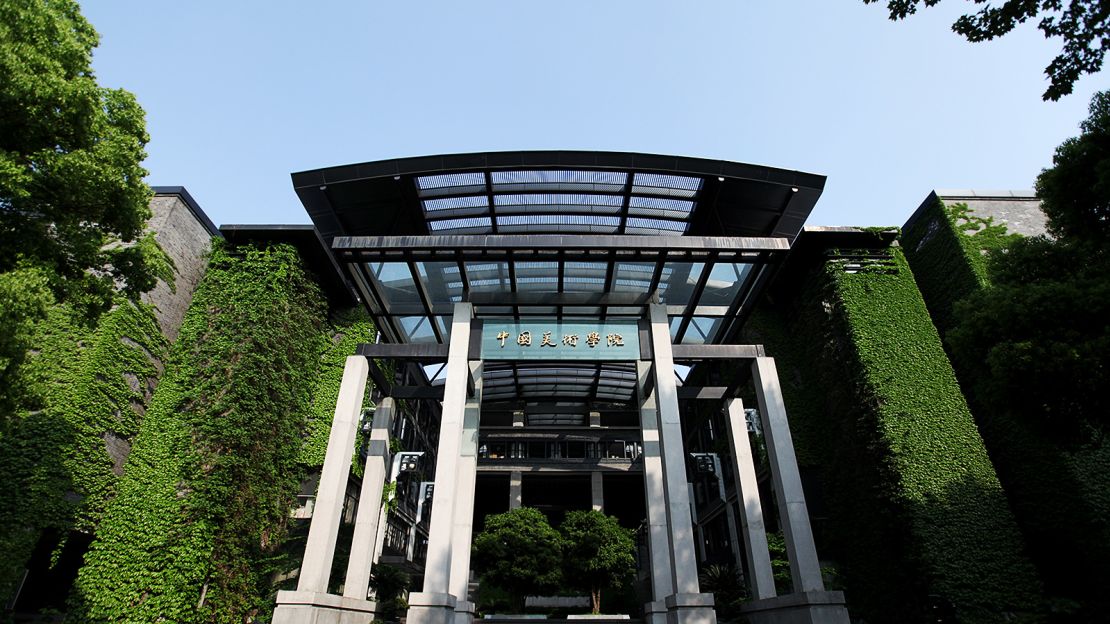
Located on French sycamore-covered Nanshan Road, China Art Academy is one of the country’s most prestigious fine art institutions.
The Art Academy was established by some of China’s most celebrated painters and educators near West Lake in 1928.
Its students and graduates have made a massive contribution to Hangzhou’s robust cultural creative industry.
For tourists, the Academy’s campus architecture is the biggest draw.
Dotted with students and instructors’ artwork, it’s elegant and minimalist, modern but classic.
The open campus is integrated into the West Lake surroundings.
Its enclosed modern courtyards and gardens offer a hint of traditional Chinese landscape art.
Wang Shu, the Academy’s head of the Architecture School who participated in campus designs, brought home China’s first Pritzker Architecture Prize in 2012.
China Art Academy; 218 Nanshan Road; +86 571 8707 9585
The artists keeping China’s most beautiful traditions alive
Spectacular, rarely seen images of China’s railways
Originally from Hangzhou, Shen Lu is a former CNN digital producer based in Beijing.

























